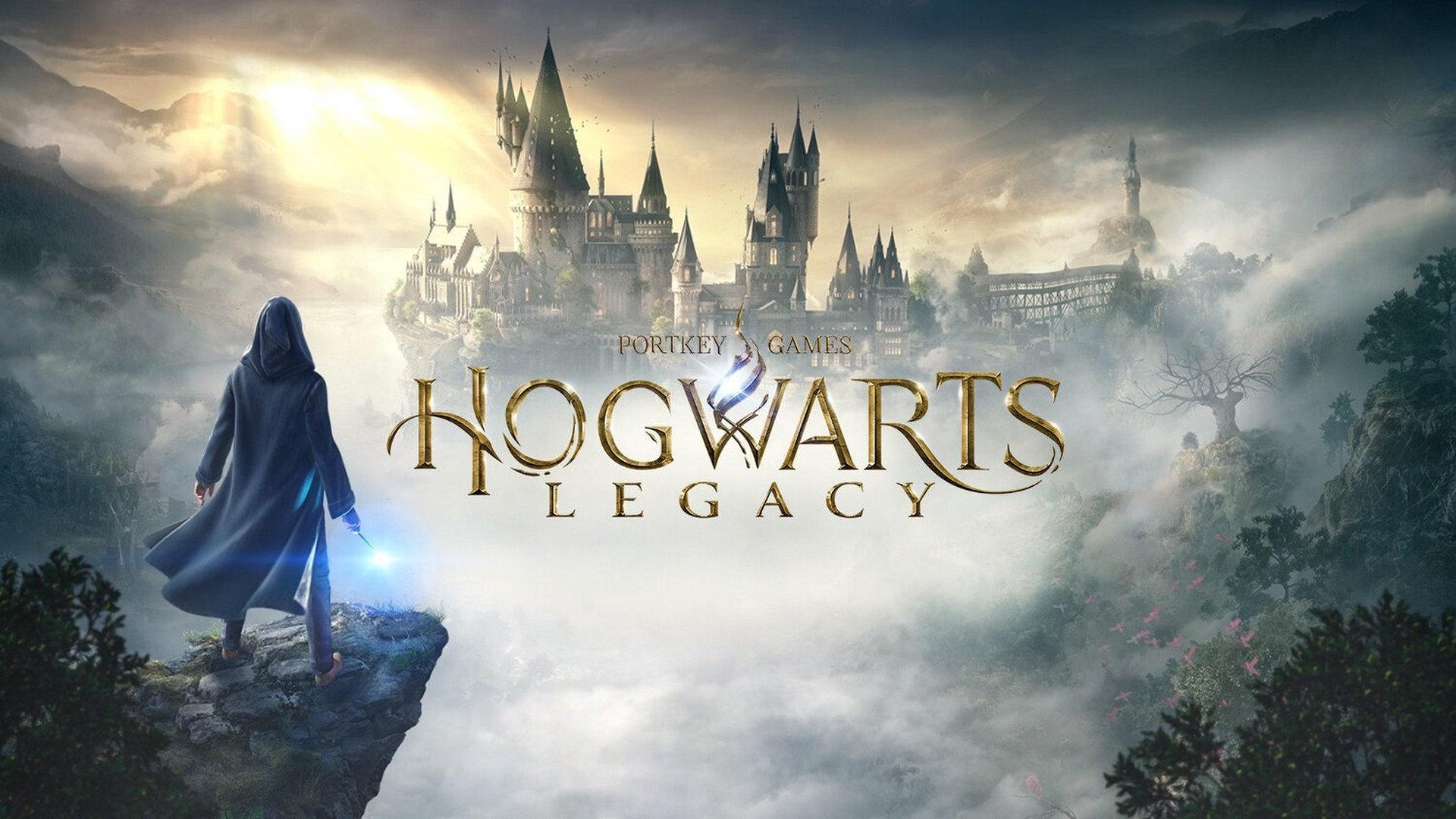Shovel Knight: Treasure Trove Score: A Masterclass in Retro Platforming Composition
In the vast and often cacophonous orchestra of the video game industry, where blockbuster budgets are frequently spent on cinematic scores and licensed pop tracks, a distinct, chiptune melody cut through the noise in 2014. It was the confident, adventurous fanfare of the Title Theme from Shovel Knight, a track that served as both a declaration of intent and a gateway to one of the most celebrated retro-inspired collections of all time: Shovel Knight: Treasure Trove. While the game’s pixel-perfect platforming, charming characters, and tight gameplay rightfully earned acclaim, the true, enduring soul of this collection resides in its score. Composed by Jake Kaufman, with a pivotal contribution from Manami Matsumae, the music of Treasure Trove is not merely a nostalgic accessory; it is a masterfully crafted narrative tool, an emotional anchor, and a definitive argument for the timeless power of melodic composition within the constraints of retro hardware.
To call the soundtrack "chiptune" or "8-bit" is both technically accurate and profoundly insufficient. Kaufman and Matsumae did not simply emulate the sound of the NES; they embarked on an act of artistic archaeology, unearthing the spirit of that era and refining it with modern compositional wisdom. The Nintendo Entertainment System’s audio processing unit (APU) was notoriously limited, typically offering two pulse waves, one triangle wave, one noise channel, and a very low-quality DPCM sample channel. Within these strict confines, composers of the 1980s became masters of implication, using simple waveforms to suggest complexity and emotion. Treasure Trove’s score honors this tradition by embracing these limitations, but it transcends them through its sophisticated musicality. The melodies are not just catchy; they are complex, layered, and deeply character-driven.
The genius of the score lies in its foundational principle: every major character and location is endowed with a distinct, memorable leitmotif. These themes are not static; they evolve, intertwine, and re-orchestrate to reflect the narrative’s journey, a technique more common in film and classical music than in platformers. The protagonist’s theme, "The Defender of the Plains – Shovel Knight’s Theme," is the cornerstone. It’s a bold, heroic march in a major key, propelled by a rhythmic shovel-strike-like cadence. It speaks of unwavering resolve, courage, and a simple, noble goal. We hear variations of this theme throughout the adventure—a somber, slower version in moments of loss and a triumphant, full arrangement upon victory—ensuring that the player is always emotionally tethered to the knight’s quest.
This approach extends brilliantly to the Order of No Quarter. Each of the eight main knights possesses a theme that perfectly encapsulates their personality and domain, transforming their stages from mere challenges into immersive character portraits.
- King Knight’s "The Royal Gala – King Knight’s Theme" is a pompous, baroque-style harpsichord melody (simulated through pulse waves) set to a waltz rhythm, dripping with arrogant entitlement and a desire for glamour.
- Specter Knight’s "The Rival – Specter Knight’s Theme" is a dramatic, minor-key gothic rock anthem driven by a relentless, palm-muted guitar-like pulse wave and a haunting, reverb-drenched melody that perfectly captures his tragic, undead anguish.
- Plague Knight’s "The Alchemist – Plague Knight’s Theme" is a manic, unpredictable tune in 6/8 time, filled with chaotic arpeggios and explosive, percussive "pops" and "fizzes" that mirror his erratic personality and love for volatile experimentation.
- Propeller Knight’s "The Flying Machine – Propeller Knight’s Theme" is a soaring, swashbuckling adventure theme that evokes the spirit of French romanticism, with a melody that seems to dance and twirl through the skies alongside its airborne antagonist.
The environmental storytelling through music is equally potent. The serene, flowing melody of "The Liquid Lair – Aquatic Ambience" for the underwater sections of the Explodatorium is a standout. It’s a beautiful, contemplative piece that creates a sense of peaceful, mysterious depth, proving that chiptune could be profoundly atmospheric and not just energetic. Conversely, "The Frosty Frolic – A Cold Journey" in the Stranded Ship uses a cheerful, bouncing melody juxtaposed against a chilly, sparse soundscape, creating a unique feeling of determined progress through a harsh environment.
The expansion of Treasure Trove from a single campaign into a collection of four distinct games (five, including the battle mode) provided an unprecedented opportunity for musical world-building. Each campaign received a score that subtly shifted in tone to match its protagonist. Plague of Shadows introduced new, more complex arrangements that reflected Plague Knight’s intellectual chaos. Specter of Torment, a prequel with a darker, more tragic narrative, features a significantly grittier, rock-oriented soundtrack, with Specter Knight’s theme taking center stage in its most powerful and sorrowful iterations. King of Cards, with its emphasis on card games and regal satire, features a score brimming with courtly dances and playful, sneaky melodies that underline King Knight’s comical ambition.
The contribution of Manami Matsumae, legendary composer of the original Mega Man, cannot be overstated. Her track, "The Requiem of Shield Knight – Last Battle," which scores the final confrontation with the Enchantress, is a monumental piece of video game music. It masterfully blends the heroic fanfare of Shovel Knight’s theme with a terrifying, powerful dirge for the antagonist, creating a chaotic and emotionally charged auditory experience that elevates the climax to epic proportions. Her involvement symbolically bridged the generations, connecting the golden age of platforming that inspired Shovel Knight directly to its modern reinterpretation.
In conclusion, the score of Shovel Knight: Treasure Trove stands as a landmark achievement in video game music. It demonstrates that technological limitation is not a barrier to emotional depth and compositional complexity but rather a catalyst for creativity. Jake Kaufman and Manami Matsumae did not just write "retro" music; they bottled the essence of what made 8-bit soundtracks so unforgettable—their strong melodies, clear identity, and emotional directness—and presented it with a level of polish and narrative intent that rivals any modern orchestral score. Long after the challenge of a particular jump has faded, the melodies of the Plains, the Towers, and the Lairs persist. The Treasure Trove score is the collection’s most valuable treasure, a timeless composition that continues to resonate, proving that a great tune, no matter how it’s synthesized, is truly eternal.

















